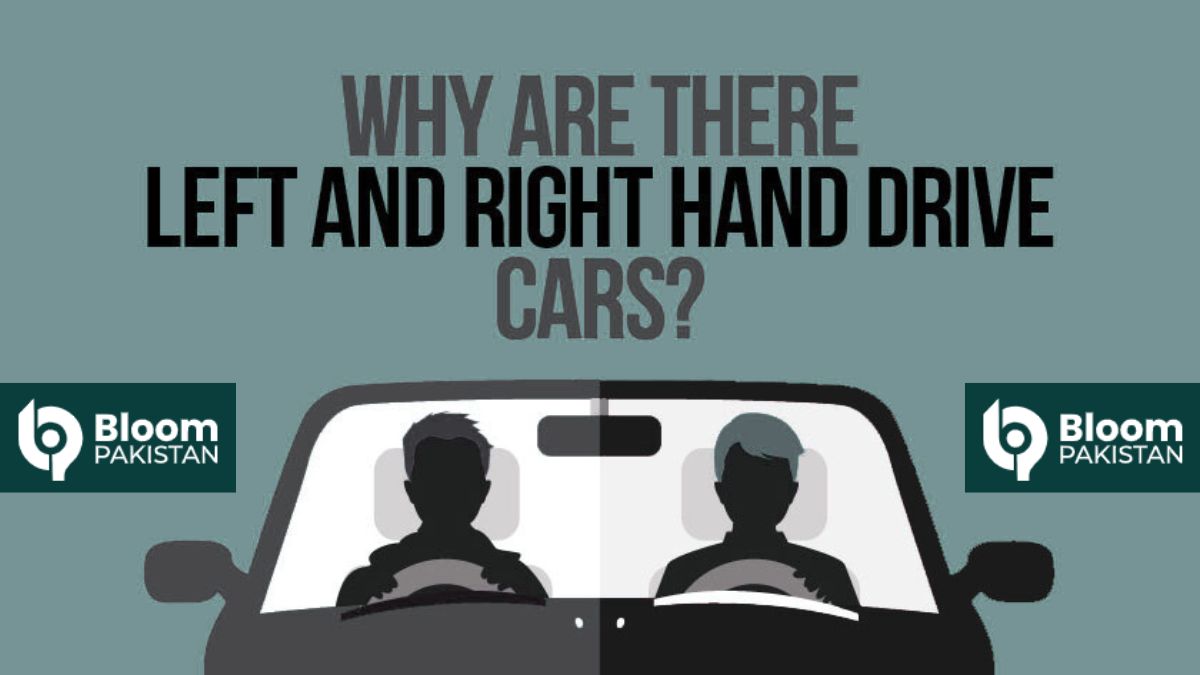The difference between left-hand drive (LHD) and right-hand drive (RHD) cars is not just a matter of preference. This global divide is rooted in centuries of tradition, political influence, and modern economic considerations. While most countries drive on the right, many still follow left-hand traffic due to historical customs and practical factors such as vehicle imports and infrastructure.
Historical Origins – From Horses to Carriages
Before automobiles, traffic habits came from horseback riding customs. Since most people were right-handed, riders preferred passing on the left to keep their sword hand free for defense or greetings. Pilgrims and traders followed these “keep left” traditions, which influenced early traffic laws in several nations.
Political Influence – Napoleon vs. Britain
Political decisions shaped traffic sides across the world:
- Napoleon’s Policy: Following the French Revolution, Napoleon enforced right-side driving in territories he controlled, spreading the practice throughout continental Europe.
- British Legacy: Britain maintained left-side driving and introduced it to its colonies, including India, Pakistan, Australia, and parts of Africa. This colonial influence remains visible today.
Imported Cars Price in Pakistan – Latest Models & Rates 2025
READ MORE
Vehicle Design and Driving Side
Steering wheel placement complements the traffic side for better visibility:
- Right-hand traffic countries → Left-hand drive cars (driver sits on the left).
- Left-hand traffic countries → Right-hand drive cars (driver sits on the right).
This ensures safer overtaking and improves road safety.
The U.S. and Right-Hand Driving
In North America, freight wagons were driven from the left rear horse, making right-side travel safer for clearance. Henry Ford’s Model T, with a left-side steering wheel, further established right-hand traffic as the U.S. standard.
Unique Global Examples
- Japan: Adopted left-hand driving due to historical practices and British railway engineering.
- Sweden: Switched from left to right in 1967 (Dagen H) to align with neighbors.
- Samoa: Changed from right to left in 2009 to enable affordable right-hand drive imports from Australia and New Zealand.
Global Distribution Today
About 65% of the world’s population drives on the right, while 35% drives on the left. Left-hand traffic is common in the UK, Japan, Australia, New Zealand, and former British colonies. Most of Europe, North America, and China follow right-hand traffic.
READ MORE
Why Countries Keep or Change Driving Sides
Nations keep their traffic side due to tradition, infrastructure, and identity. Changes are rare and costly, requiring new road markings, signage, and public education. The main reasons for switching include trade benefits, border alignment, and vehicle import costs.
Conclusion
The divide between left-hand and right-hand driving is a result of centuries-old customs, political history, and economic realities. While right-hand traffic dominates globally, left-hand traffic continues to thrive, maintaining this unique global distinction.









